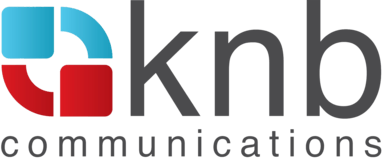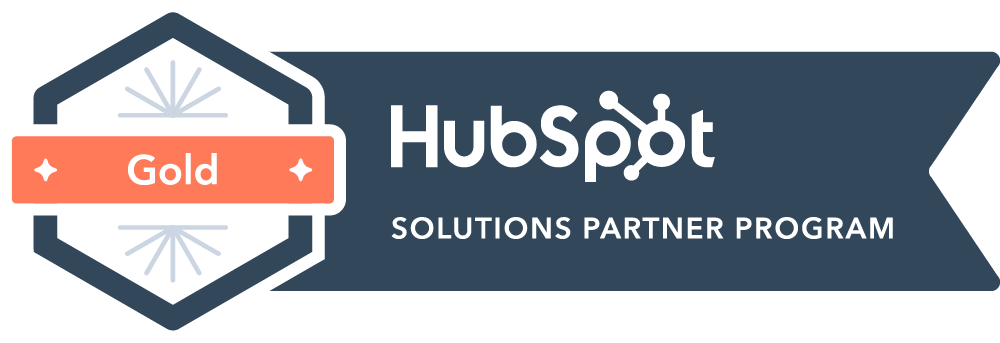The perfect RFP process for finding the right biotech agency partner
Table of contents
By Beth Cooper, JD / MBA
You’re a marketer at a biotech company, looking for a marketing or PR agency. A popular method of finding your perfect fit for an agency is going through an RFP process.
A lot of RFPs cross our desk, and we’ve seen what works and what doesn’t.
Here’s a detailed guide to writing an effective RFP tailored to find a biotech marketing and PR agency that works for you. These insights can help you craft an RFP that not only attracts the maximum number of responses but also brings in proposals from the best-suited agencies, with the info you need to make an informed decision.
01. Start with the right context
Agencies can’t deliver a winning proposal without understanding your biotech company’s unique challenges, opportunities, and goals. Provide them with enough background to showcase their expertise and develop targeted recommendations. Be as transparent as possible.
What to include:
- Company overview: Share your company’s history, core products, and key differentiators.
- Market position: Where do you stand in the market? Are you an emerging disruptor or an established leader? Include competitors.
- Target audience: Who are your primary stakeholders (e.g., clinicians, payers, investors)?
- Challenges: Outline specific hurdles, such as low brand awareness, competitive pressure, or a complex regulatory landscape.
Bonus:
Include information like whether there is an incumbent agency. You’re going to be asked. Also share how many agencies received this RFP, especially if it is a small number. This tidbit will ensure you get detailed, thorough replies.
Avoid:
- Overloading with generic details: Don’t include boilerplate information that agencies can easily Google. Focus on insights they can’t get elsewhere, such as internal priorities or pain points.
02. Be clear about your goals
Define what success looks like. Agencies thrive on solving problems, but they need clear targets to aim for.
What to include:
- Specific objectives: Do you want to increase visibility for an upcoming product launch? Build thought leadership? Secure investor confidence?
- KPIs: Identify measurable outcomes, such as website traffic, earned media placements, social engagement, or lead generation.
Avoid:
- Vague requests: “We want to improve our brand” is too broad. Instead, say: “We aim to increase brand awareness among oncologists by 25% within 12 months.”
The questions you include in your RFP reveal how serious you are about finding a true partner. Be thoughtful and specific to filter for the right expertise.
03. Ask the right questions
The questions you include in your RFP reveal how serious you are about finding a true partner. Be thoughtful and specific to filter for the right expertise.
Essential questions to ask:
Case studies: Request examples of previous biotech or healthcare campaigns, including measurable results.
Understanding of biotech: Ask for content samples rather than just asking a question like "How well do you understand biotech. This requires them to show you, not just tell you, how the agency navigates the unique challenges of marketing and PR in the biotech space, such as regulatory constraints and scientific complexity. They should know which content to provide so that you can glean their level of subject matter knowledge and experience with regulatory matters.
Team structure: What roles will be assigned on your account? Will you work with senior or junior staff? This allows you to understand the level of specialization you can expect from that potential partner. And that's what you're looking for -- you can hire a generalist FTE easily enough. You are going to an agency for deep specialty on a bench.
Approach to strategy: You can ask how they would tailor their strategic approach to meet your goals--but be aware that the good agencies will not purport to understand the nuance of your company without working with you first. You cannot expect a marketing plan or campaign in an RFP submission. What you're looking for here is a thoughtful, logical answer that explains their process.
Questions to avoid:
- Generic questions: Don’t ask, “What makes your agency unique?” or “Why should we hire you?”—every agency will have a canned response and you'll just give yourself more to read without getting any valuable insight.
- Unnecessary hypotheticals: Avoid asking for speculative work (e.g., “Draft a press release for our product”), which wastes time and doesn’t reflect how the agency will perform in a real partnership.
Agencies can’t propose realistic solutions without knowing your budget. Including a range saves time for both parties and ensures responses are aligned with your expectations.
04. Include a budget range
Agencies can’t propose realistic solutions without knowing your budget. Including a range saves time for both parties and ensures responses are aligned with your expectations.
How to share budget information:
- Provide a range: It can be large, but you need to give a ballpark. You know you want a car -- but are you looking for a Kia or a Maclaren. For example, “We are looking for proposals in the $150,000–$250,000 range.”
- Be honest about flexibility: If you’re open to adjusting the budget for exceptional proposals, say so. Alternatively, if a lot of weight will be given to proposals on the lower end of the range, also share that. You will absolutely weed out some agencies by providing a budget, but then they wouldn't have been a good fit anyway.
05. Outline the scope of work
Clarify the specific services you need to help agencies determine if they’re a good fit and to create a focused proposal. You will scare away agencies if you say things like "We will take your recommendations here" without providing any direction. At minimum, you should know what resources you have in place and where your gaps are. For example, it's okay to know you need media relations without being positive exactly how many earned placements you want in a year. It's not okay to be unsure as to whether you want to do media relations or not.
Services to specify:
- Media relations
- Crisis communications
- Social media management
- Branding and messaging
- Thought leadership campaigns
Bonus tip:
Rank your priorities. For example: “Media relations and thought leadership are top priorities, while social media support is secondary.”
Also be sure to include the timeline on your scope of work. Is this an annual retainer engagement, or a six-month project?
06. Set a realistic timeline for the RFP process
Respect the time it takes to craft a thoughtful response and give yourself enough time to evaluate your responses. Set a realistic timeline...then stick to it!
Key timeline elements:
- Initial exploratory calls: Some biotech companies choose to have an initial exploratory call. It's worth the investment of time to do a quick vibe check.
- RFP submission deadline: Provide at least 2–3 weeks for responses.
- Q+A submissions and replies: You'll need a few weeks here.
- Proposal readouts: At least 2 weeks.
- Agency selection: Indicate when you plan to choose a partner.
- Kickoff date: Include a desired start date for the project.
Avoid:
- Rushed deadlines: Unrealistic timelines signal a lack of savvy and preparation and may deter quality agencies from participating.
Let agencies know how their proposals will be assessed. The best RFPs we have seen actually include a rubric. This lets the agency check their work and provide info in a way that is easiest for you to analyze. It's a win-win.
07. Define evaluation criteria
Let agencies know how their proposals will be assessed. The best RFPs we have seen actually include a rubric. This lets the agency check their work and provide info in a way that is easiest for you to analyze. It's a win-win.
Common evaluation metrics:
- Relevant experience (e.g., biotech, healthcare, regulatory expertise).
- Creativity and strategic thinking.
- Chemistry and alignment with your team.
- Budget alignment and value for money.
08. Keep it professional, not robotic
While your RFP should be detailed, don’t lose sight of personality. Just like you, agencies are looking for a partner, not a faceless corporation.
How to balance:
- Use clear and concise language.
- Show enthusiasm for collaboration and innovation.
- Avoid overly formal or bureaucratic tone.
Final thoughts
A great RFP does more than attract agencies; it sets the foundation for a successful partnership. By providing clarity, focus, and transparency, you’ll not only receive better proposals but also ensure your chosen agency understands your vision from day one. Take the time to craft an RFP that reflects your biotech company’s unique needs, and you’ll set yourself up for marketing and PR success.

Named one of the Top Women in Health IT to Know (2024) and Women Power Players to Watch (2022) by Becker's Hospital Reivew and Marketing Person of the Year by Health IT Marketing Community (2021), Beth Cooper, JD / MBA is the VP of Marketing and Sales of a multi-award winning top 10 Healthcare Marketing Agency. Over her accomplished career spanning two decades, Cooper has been the driving force behind numerous groundbreaking strategies, transforming businesses into market leaders and propelling their growth trajectories to uncharted heights. She is a strong advocate for the marriage of creative innovation with data-driven insights and leverages cutting-edge tools and methodologies to ensure the successful execution of global, paradigm-shifting omnichannel campaigns.
Search

KNBe in the know
Subscribe to our newsletter for the latest news + trends in healthcare marketing + PR.

Respect the time it takes to craft a thoughtful response and give yourself enough time to evaluate your responses. Set a realistic timeline...then stick to it!




.svg)
.svg)




